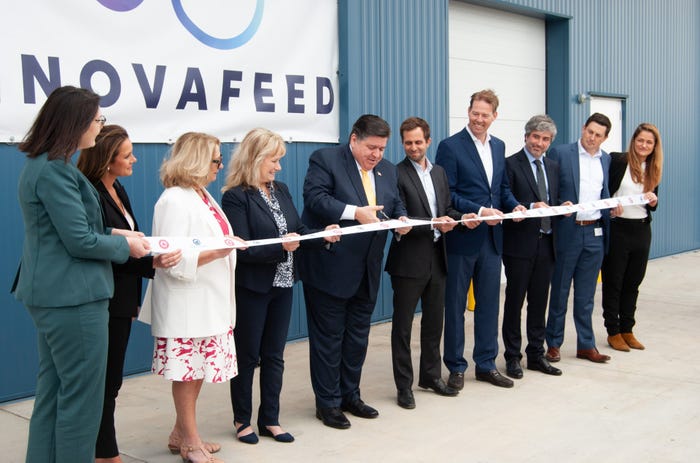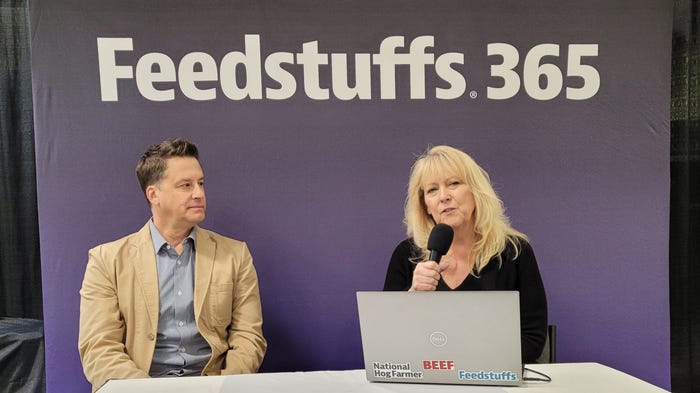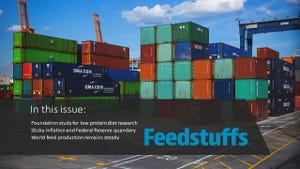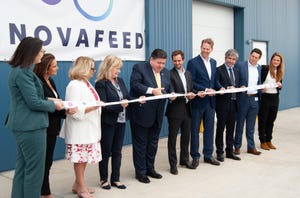thumbnail
Nutrition & Health
Innovafeed expands to U.S.; opens Insect Innovation CenterInnovafeed expands to U.S.; opens Insect Innovation Center
A pivotal partnership with a global leader in human and animal nutrition, ADM.
Subscribe to Our Newsletters
Feedstuffs is the news source for animal agriculture
.png?width=700&auto=webp&quality=80&disable=upscale)
.png?width=700&auto=webp&quality=80&disable=upscale)


.png?width=700&auto=webp&quality=80&disable=upscale)






.png?width=300&auto=webp&quality=80&disable=upscale)

.png?width=300&auto=webp&quality=80&disable=upscale)




.png?width=300&auto=webp&quality=80&disable=upscale)



.png?width=300&auto=webp&quality=80&disable=upscale)


.png?width=300&auto=webp&quality=80&disable=upscale)


.png?width=300&auto=webp&quality=80&disable=upscale)







.png?width=300&auto=webp&quality=80&disable=upscale)
